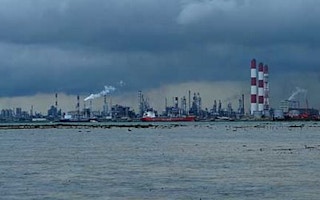Singapore had the largest carbon footprint per person in the Asia-Pacific region in 2010, the World Wildlife Fund (WWF) said yesterday.
Residents’ exorbitant consumption habits - fuelled by Singapore’s high per capita gross domestic product of more than US$40,000 (S$50,000 ) that year - as well as the corporate sector were to blame, according to the environmental advocacy group.
“Every member of the population in relation to the size of the country is consuming a lot in food, in energy. Singapore … is a society that maybe is one of the best examples of what we should not do,” WWF President Yolanda Kakabadse was quoted as saying by AFP.
But Ms Kakabadse said Singapore could make up for this by sharing its energy-efficient technologies with the world. “It has a tremendous capacity to contribute with technology,” she added.
WWF spokesman Chris Chaplin said business and industry were responsible for contributing to the high carbon footprint.
“The building sector in Singapore is responsible for 15 per cent of the nation’s footprint.
“If you consider the amount of construction going on, it’s a substantial number,” he added.
Singapore’s National Environment Agency has said the country is dependent on fossil fuels because its small size limits its ability to switch to alternative sources.
To find out more about the rebuttal from Singapore’s National Climate Change Secretariat and WWF’s response. Read WWF, Singapore disagree over emissions count.

















